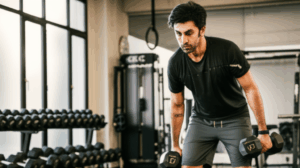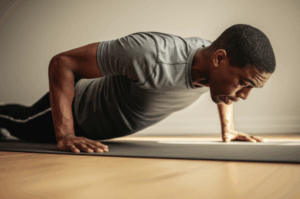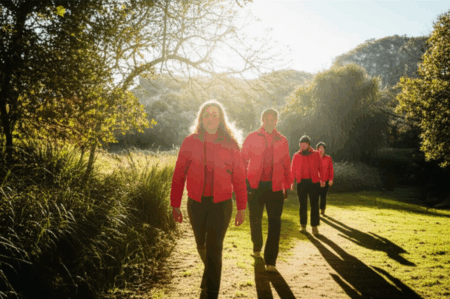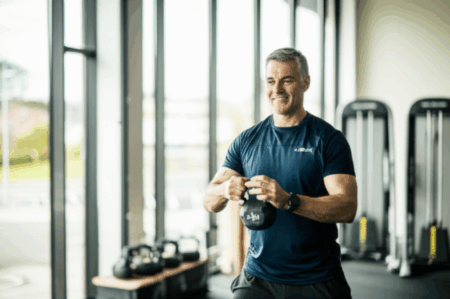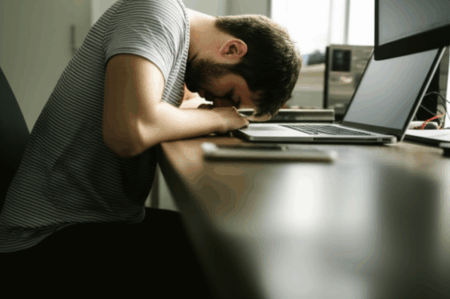Lower back pain is a pervasive issue, affecting millions globally and often hindering daily activities, exercise, and even sleep. If you’ve ever experienced that debilitating stiffness or dull ache, you know the profound impact it can have on your quality of life. While many seek various treatments, a growing body of evidence, and countless personal anecdotes, highlight yoga as a highly effective approach to finding immediate and lasting relief for a tight lower back.
Yoga, an ancient practice combining physical postures (asanas), controlled breathing, and meditation, offers a holistic pathway to spinal health. It not only targets the physical manifestations of back pain but also addresses contributing factors like stress and poor posture.
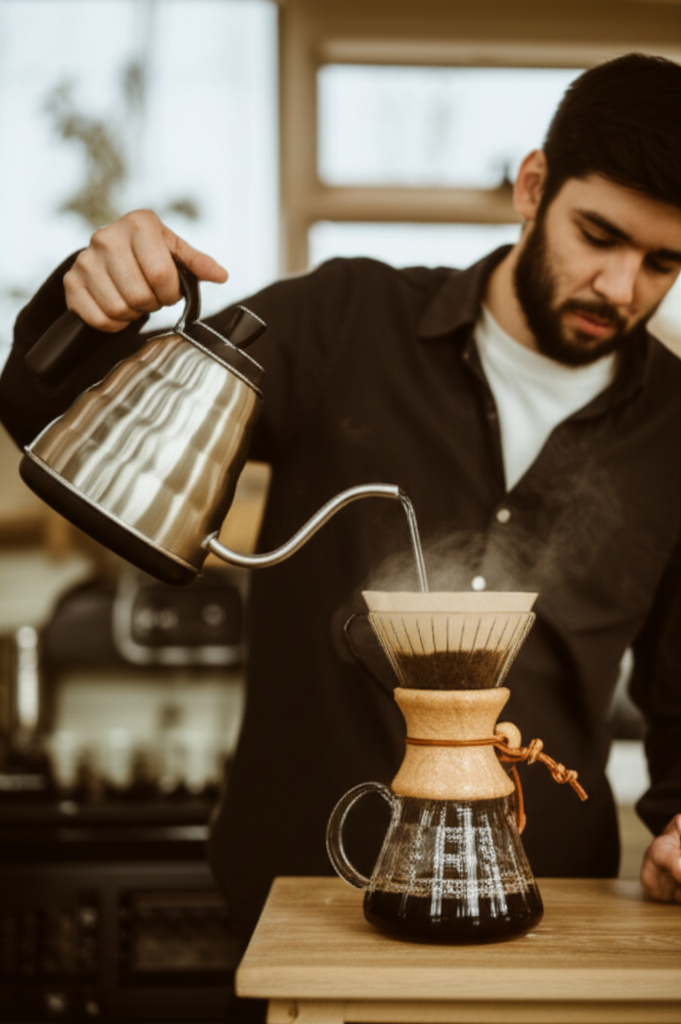
The Science Behind Yoga for Lower Back Pain Relief
The effectiveness of yoga in alleviating lower back pain is well-documented by scientific research. Studies show that regular yoga practice can lead to significant improvements in pain levels and increased mobility for individuals with chronic lower back pain. The American College of Physicians even recommends yoga as a first-line treatment for this condition.
So, how exactly does this ancient practice work its magic on a modern-day ailment?
Strengthening Core and Back Muscles
A primary benefit of yoga is its ability to strengthen the muscles that support the spine. Weakness in the core and back muscles can place additional strain on the spine, contributing to pain. Yoga poses engage and strengthen these crucial muscle groups, including the paraspinal, multifidus, and transverse abdominis muscles, providing a more stable foundation and reducing strain.
Enhancing Flexibility and Reducing Muscle Tension
Tightness in the lower back, hips, and hamstrings is a common culprit behind back pain. Yoga excels at stretching these constricted muscles, releasing tension, and promoting increased flexibility. By holding poses, muscles lengthen and relax, leading to less pain and improved range of motion.
Improving Posture and Spinal Alignment
Poor posture, often exacerbated by prolonged sitting, is a significant contributor to back and spinal issues. Yoga encourages better body awareness and helps to correct spinal alignment, strengthening the muscles that support an erect posture. Appropriate posture reduces pressure on the back and can significantly alleviate pain.
Stress Reduction and Mental Well-being
Lower back pain can be a vicious cycle, often intensified by stress and anxiety. Yoga’s emphasis on mindful breathing and slow movements helps reduce stress, combat anxiety, and can even improve mood. By calming the nervous system, yoga can help individuals experience symptoms with more centeredness and less distress.
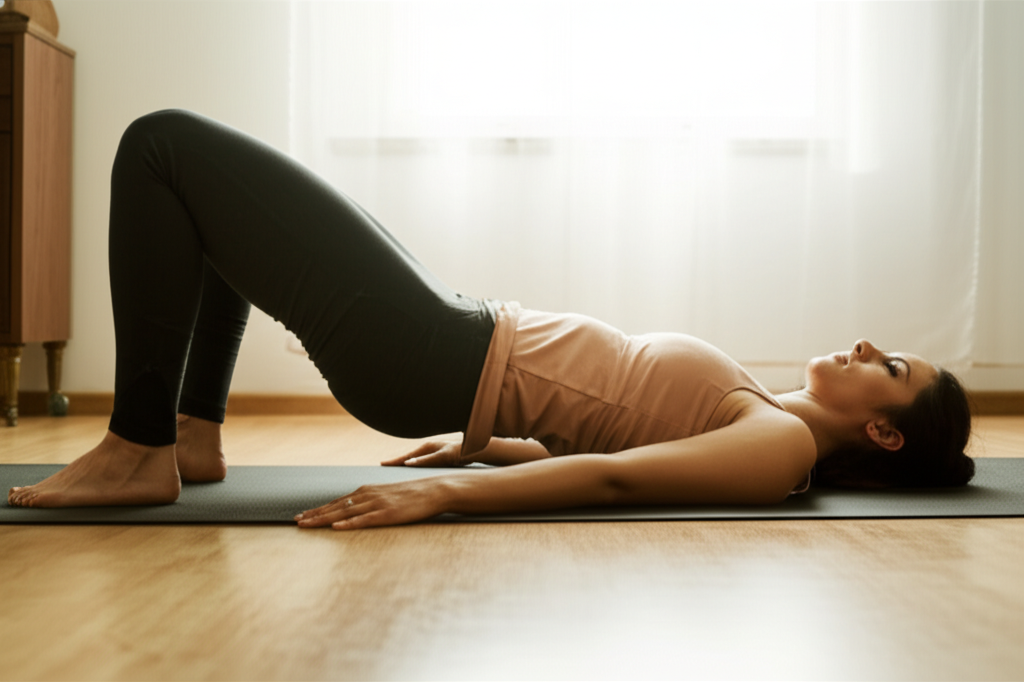
Effective Yoga Poses for Lower Back Pain Relief
Many yoga poses are particularly beneficial for targeting and alleviating lower back discomfort. Remember to listen to your body, avoid any movements that cause sharp pain, and modify poses as needed.
Gentle Stretches for Immediate Comfort
- Knees-to-Chest Pose (Apanasana): Lying on your back, hug both knees into your chest, gently rocking side to side to massage the lower back. This decompresses the base of the spine.
- Child’s Pose (Balasana): Starting on all fours, sink your hips back towards your heels, extending your arms forward or resting them alongside your body. This pose gently stretches the lower back and promotes relaxation.
- Cat-Cow Pose (Marjaryasana-Bitilasana): On hands and knees, arch your back as you inhale (Cow), then round your spine as you exhale (Cat). This flowing movement helps improve spinal flexibility and stretches stiff back muscles.
Building Strength and Flexibility
- Downward-Facing Dog (Adho Mukha Svanasana): This iconic pose stretches and strengthens nearly every muscle, taking pressure off the spine. Keep a slight bend in your knees to lengthen the lower back. It releases tension in the calves and hamstrings and improves hip mobility.
- Bridge Pose (Setu Bandhasana): Lying on your back with bent knees and feet flat, lift your hips towards the ceiling, engaging your glutes and hamstrings. This pose strengthens the back and glutes while lengthening the hip flexors.
- Reclining Spinal Twist (Supta Matsyendrasana): Lie on your back, extend your arms to a T-shape, and gently drop both knees to one side, looking in the opposite direction. This twist releases tension in the lower back and helps correct pelvic alignment.
- Pigeon Pose (Eka Pada Rajakapotasana – Reclined Half Pigeon for beginners): This pose targets hip rotators and flexors. Tight hips can significantly contribute to lower back pain. For a gentler version, lie on your back, cross one ankle over the opposite thigh, and gently draw the legs towards your body.
- Low Lunge: Stepping one foot forward and dropping the back knee, this pose stretches the hip flexors, which, when tight, can contribute to lower back discomfort.
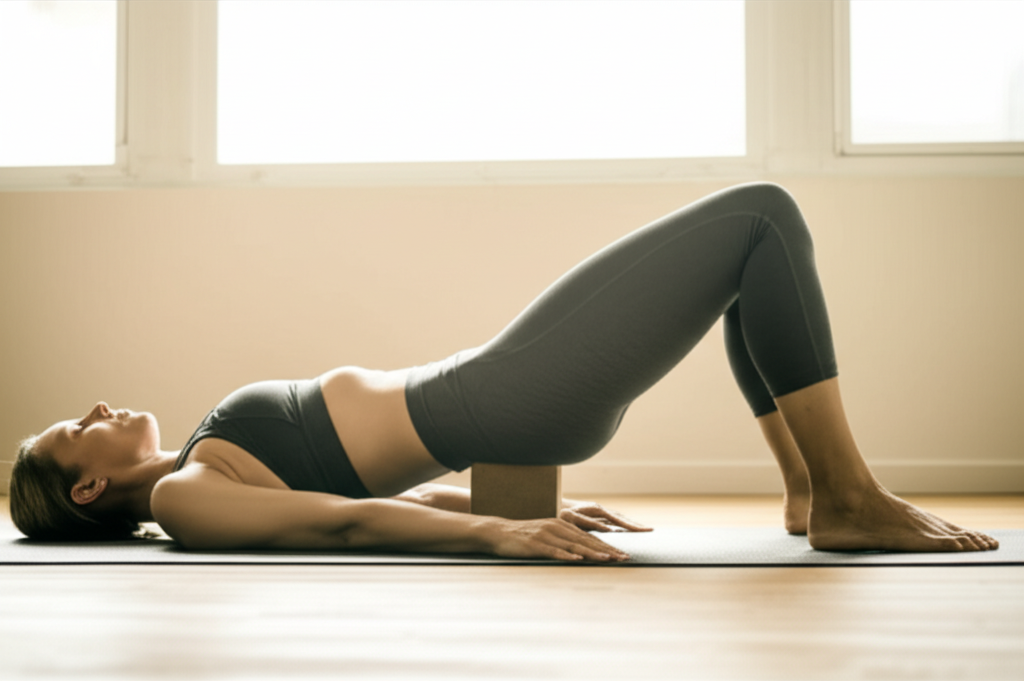
Important Considerations for Practicing Yoga for Back Pain
- Listen to Your Body: Never force a pose. Yoga is about finding comfortable positions, not pushing your body into painful ones. If you feel sharp pain, stop immediately.
- Start Slowly: If you are new to yoga or have significant back pain, begin with easier versions of poses and gradually progress.
- Consistency is Key: Regular practice, even short sessions, can make a significant difference in managing and preventing lower back pain.
- Seek Guidance: While many online resources are available, considering a class with a qualified instructor, especially one experienced in therapeutic yoga, can provide personalized guidance and ensure proper form.
- Consult a Professional: If you have severe or persistent back pain, consult a healthcare professional or back doctor before starting any new exercise regimen, including yoga.
By incorporating mindful movement, stretching, and strengthening, yoga offers a powerful and accessible tool for alleviating a tight lower back, promoting spinal health, and enhancing overall well-being.

